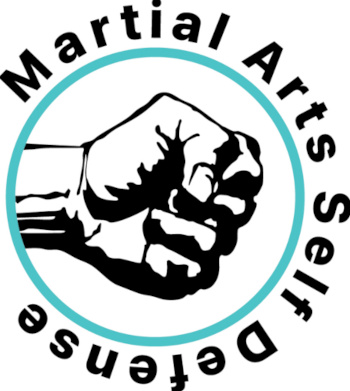The Eagle Claw 3rd Form (Fast Connecting Fist) is a traditional kung fu sequence that emphasizes speed, continuity, and fluid power. Popularized through northern Chinese martial arts, Eagle Claw is renowned for its gripping, locking, and joint manipulation techniques. This particular form, as taught by Instructor Carlo in the Kung Fu Corner series, integrates the fast-fist concept with stance transitions and mindful breathing.
The Philosophy of Holistic Martial Arts
As a student, it is important to understand that martial arts go beyond physical movement. Instructor Carlo encourages a holistic approach that includes solo drills, partner exercises, and scenario-based training. The purpose is not to promote aggression but to develop discipline, confidence, and awareness. Through this approach, you learn how to protect yourself responsibly, de-escalate confrontations, and strengthen your character both inside and outside the training hall.
Training Tips
Foundation: Warm-Up and Body Alignment
Before practicing the 3rd form, always begin with proper warm-up and posture training. Carlo introduces jungjong training, a standing meditation method where you maintain bent knees, a straight spine, and aligned head and hips. This practice builds stability, strengthens the legs, and cultivates internal awareness.
Key Postural Tips:
- Keep your knees slightly bent to engage the legs.
- Relax your shoulders and maintain an upright, aligned spine.
- Imagine a string gently pulling your head upward.
- Practice deep breathing cycles to enhance balance and focus.
The Mechanics of Fast Connecting Fist
The third form of Eagle Claw focuses on continuous motion through stepping and striking. Movements should flow naturally from the horse stance (ma bu) to the bow stance (gong bu), allowing you to stay grounded while remaining dynamic.
Core Movements:
- Step-in Punch Sequence: Use a one-two-three rhythm to develop timing.
- Transition Flow: Learn to shift smoothly between defensive and offensive actions.
- Grappling Integration: Strikes can lead into traps, locks, or clinches, teaching adaptability and control.
Breakdown of the Eagle Claw 3rd Form
After settling into the empty stance, perform the following sequence with precision and intent:
- Lead Strike: Initiate the strike with your lead hand while stepping forward with the lead foot.
- Rear Strike: Follow up with the rear hand, striking as the first hand retracts to your chest.
- Final Strike and Transition: The lead hand strikes once more as you shift from bow stance to horse stance. This final motion resembles King Kong beating his chest, where the arm and elbow swing outward like a hinge.
This sequence trains you to combine speed, structure, and coordination while maintaining fluid transitions. It encourages adaptability in combat and deeper awareness of how your stance and energy connect.
Breathing and Internal Energy
Breathing is key to connecting your body’s motion with internal power. In Eagle Claw training, you should coordinate your breath with your movement:
- Breathe in to begin the movement, drawing energy inward and preparing your body.
- Breathe out when striking or finishing a motion, releasing energy and focus.
- Always breathe into the Dantien (the lower abdomen), your center of balance and power.
By maintaining this breathing rhythm, you’ll enhance internal stability, timing, and efficient energy use.
Practical Applications and Ethics
Although Eagle Claw techniques can be powerful, their purpose is to build control, awareness, and respect. As a student, you are encouraged to train within ethical boundaries. True martial skill comes not only from strength or speed, but from patience, discipline, and understanding how to avoid unnecessary conflict.
Final Thoughts
The Eagle Claw 3rd Form teaches you an unorthodox method of striking and trapping an opponent. It offers a unique perspective that broadens your understanding of movement, rhythm, and timing. As you practice, remember that the value of this form lies not only in its techniques but in how it reshapes your approach to training. It encourages fluidity, awareness, and creative adaptability—key traits of a well-rounded martial artist.
Video: Eagle Claw 3rd Form Side Punch

